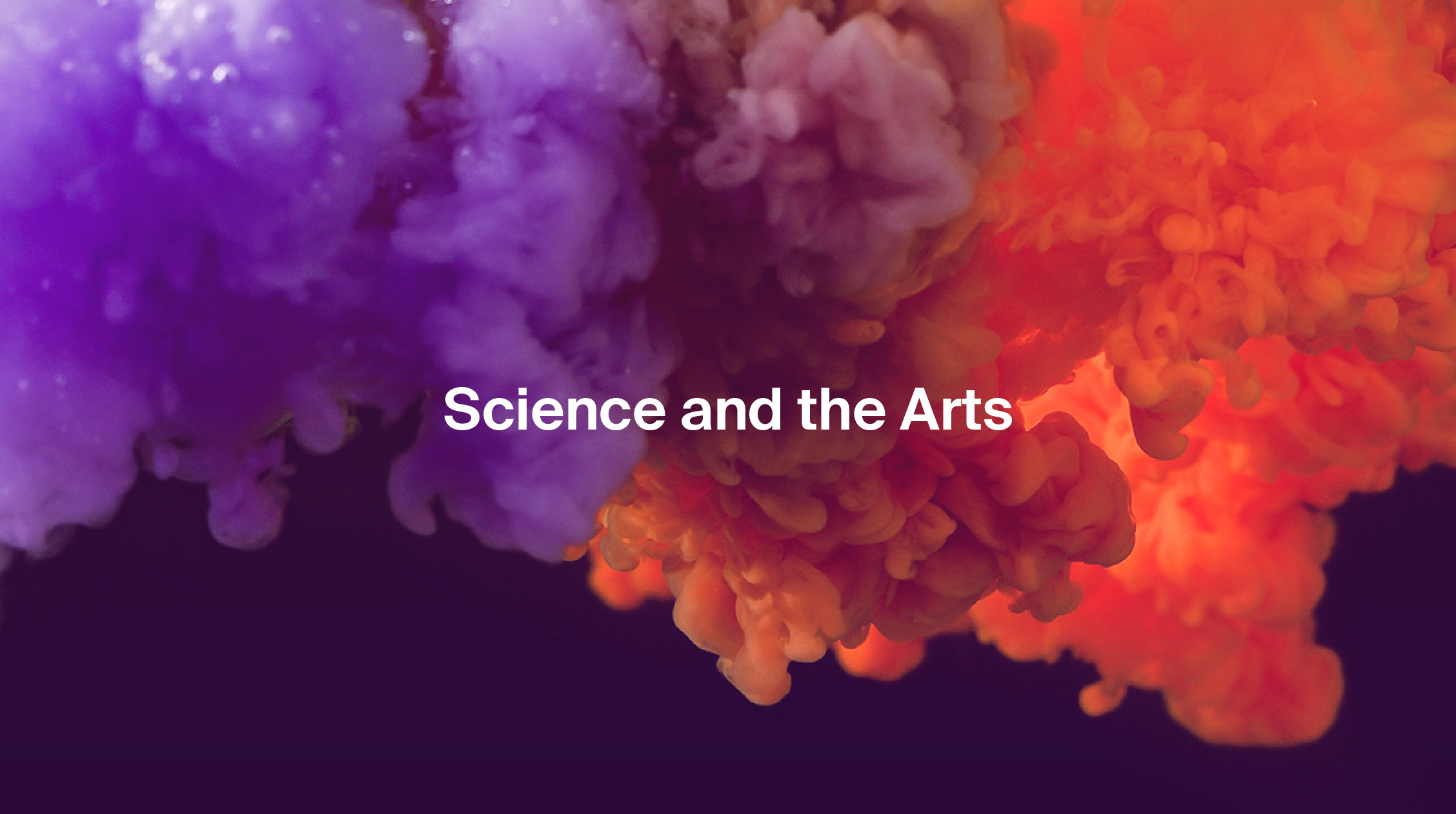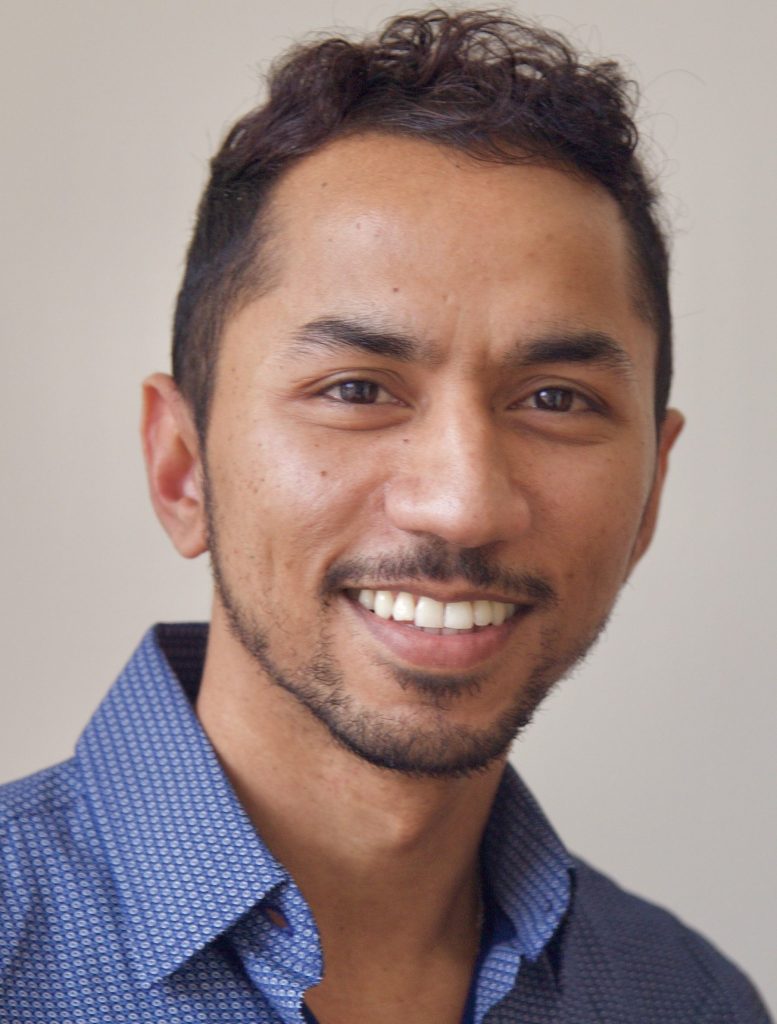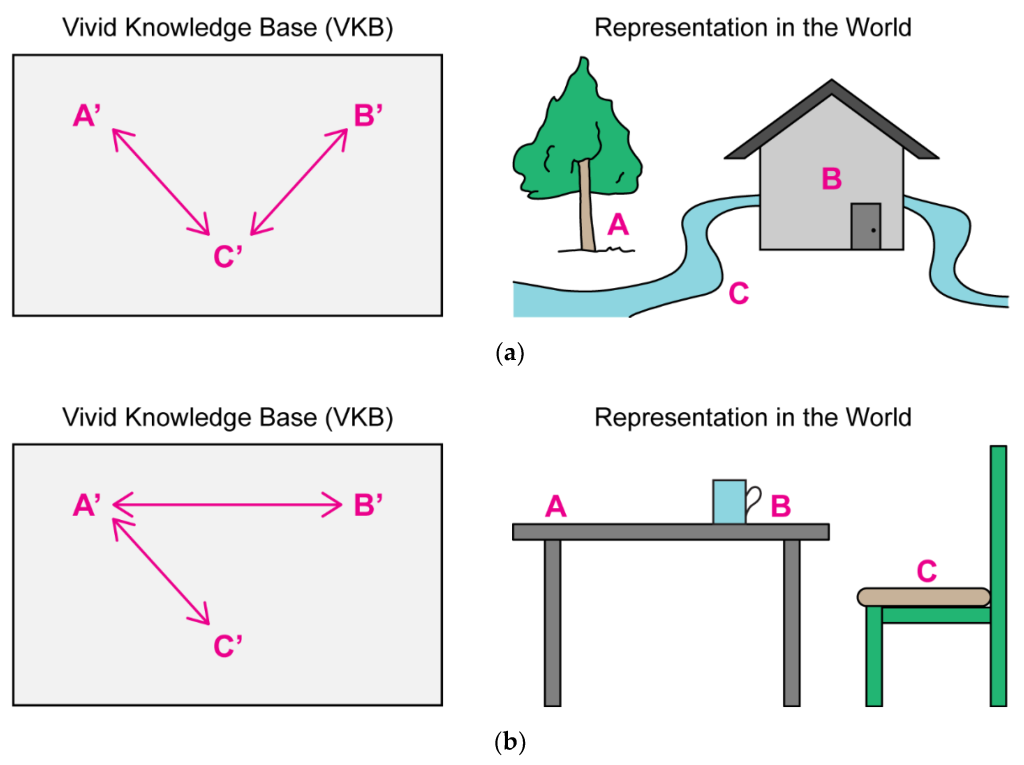
Humanities Study Bridges Gap Between Science and the Arts
A study published in MDPI Humanities presents a new opportunity to bridge the gap between science and the arts.
Many consider MDPI a purely scientific publisher, but this is simply not the case. In fact, we have a steadfast commitment to the arts and humanities. Around 1.5% of MDPI manuscripts are published in social sciences, arts, and humanities journals.
The arts are incredibly important. They encourage us to embrace creativity, as well as to explore new and exciting concepts, particularly in academia.
The Separation Between Science and the Arts
A hard boundary currently exists between science and the arts.
This starts in our early days. As schoolchildren, we are often taught that studies related to the natural world (the sciences) and those related to the human condition (the arts) are completely separate. Unfortunately, this leads to inequalities when it comes to funding and career opportunities.
Bridging this gap isn’t easy. As a publisher, we need to champion research studies that unite these two disciplines.
Public Health and Science Fiction
Let’s take a look at one such research study, and then explain the benefits of this interdisciplinary research.
A recent manuscript published in Humanities explores how public health issues are reflected in science fiction writing.

Author Jarrel Kristan Zakhary De Matas, of the Department of English at the University of Massachusetts, said, ‘I foresee interdisciplinary projects such as mine as crucial to bridging the disconnect between people and public health policies.’
He references two different science fiction texts: The Plague Doctors (2019) by Dr Karen Lord, and The Algorithm Will See You Now (2021) by Justin Key.
This research touches on key themes related to public health. The two texts mentioned shed light on important medical science issues. It therefore describes how science and the arts are connected.
Medical Inequalities
The Plague Doctors is set 60 years in the future. It depicts a citizen’s earnest desire to cure a family member during a pandemic. However, they find it difficult to do so in a society where selfish elites run the show.
It reflects real-life inequalities between the rich and the poor during health crises, including the pandemic in 2020.
‘In the pursuit of public health policy, the inputs of at-risk individuals and communities are sometimes left out in the making of decisions and the administering of healthcare,’ De Matas said.
The research manuscript, says De Matas, ‘re-instates the place of individuals and communities by exploring science fiction stories that gesture toward unethical profiteering in the pharmaceutical industry.’
Both texts also feature medical inequalities related to ethnic backgrounds. In particular, Key’s work portrays a futuristic medical world, wherein Black patients suffer from mental illness, and are neglected by electronic healthcare devoid of human touch.
Key’s world of incorrect diagnoses and unfair racial biases is anchored in reality. In 2020, the World Economic Forum produced a full report on the history of racism in healthcare and how this has changed with new technologies.
Community vs. Public Healthcare
The research points out that, in both stories, public health officers play a secondary role in controlling panic.
However, this pastoral role blurs the lines between medical and personal.
Similarly, in The Plague Doctors, the hospital on the island struggles with the demands placed on it. The state doctors turn to a community-run facility for help instead.
De Matas notes that ‘Lord’s fiction speculates on how public health can be depoliticized through community effort.’
It imagines a possible future in which people provide care without government involvement.
Bridging Science and the Arts
This research study is one of many that highlights and bridges the gap between science and the arts.
By introducing science to art and art to science, we can bring benefits to both disciplines, and society at large.
Science to Improve Art
A Special Issue in Arts focuses on the upcoming rise of machines and artificial intelligence that can create art. Computer science has always aided our understanding and appreciation of the arts. One of the papers, ‘Crypto-Preservation and the Ghost of Andy Warhol’, explores how the late Andy Warhol’s work is being transformed into NFTs.
In addition, the paper ‘Augmented Reality to Engage Visitors of Science Museums through Interactive Experiences’, in Heritage, shows how computer science can enhance museum visits.
Art to Improve Science
Another manuscript, in Brain Sciences, explores how we can use visual stimuli to explain cognitive science concepts.
For example, Molokopoy and D’Angiulli’s study references the below visual aid by Brachman and Levesque. It shows how we can depict representative diagrams using visual art forms to better illustrate certain concepts. These can include features that are lacking in basic representations.
Further Opportunities in Science and the Arts
As a society, we can further bridge the gap between science and the arts by promoting and funding research across disciplines.
As well as promoting research like De Matas’, we’d like to encourage the submission of more work that blends these disciplines.
For your next research paper, you could consider using elements from another discipline. If you’re writing a scientific study, you could include a graphical abstract with your manuscript. A visual depiction of your work can improve reader comprehension. Likewise, researchers in the arts can consider using new technologies to improve accessibility, much like how the Heritage paper uses AR.
Check out our guide to the MDPI submission process to find out more about how to submit your paper to an MDPI journal.











